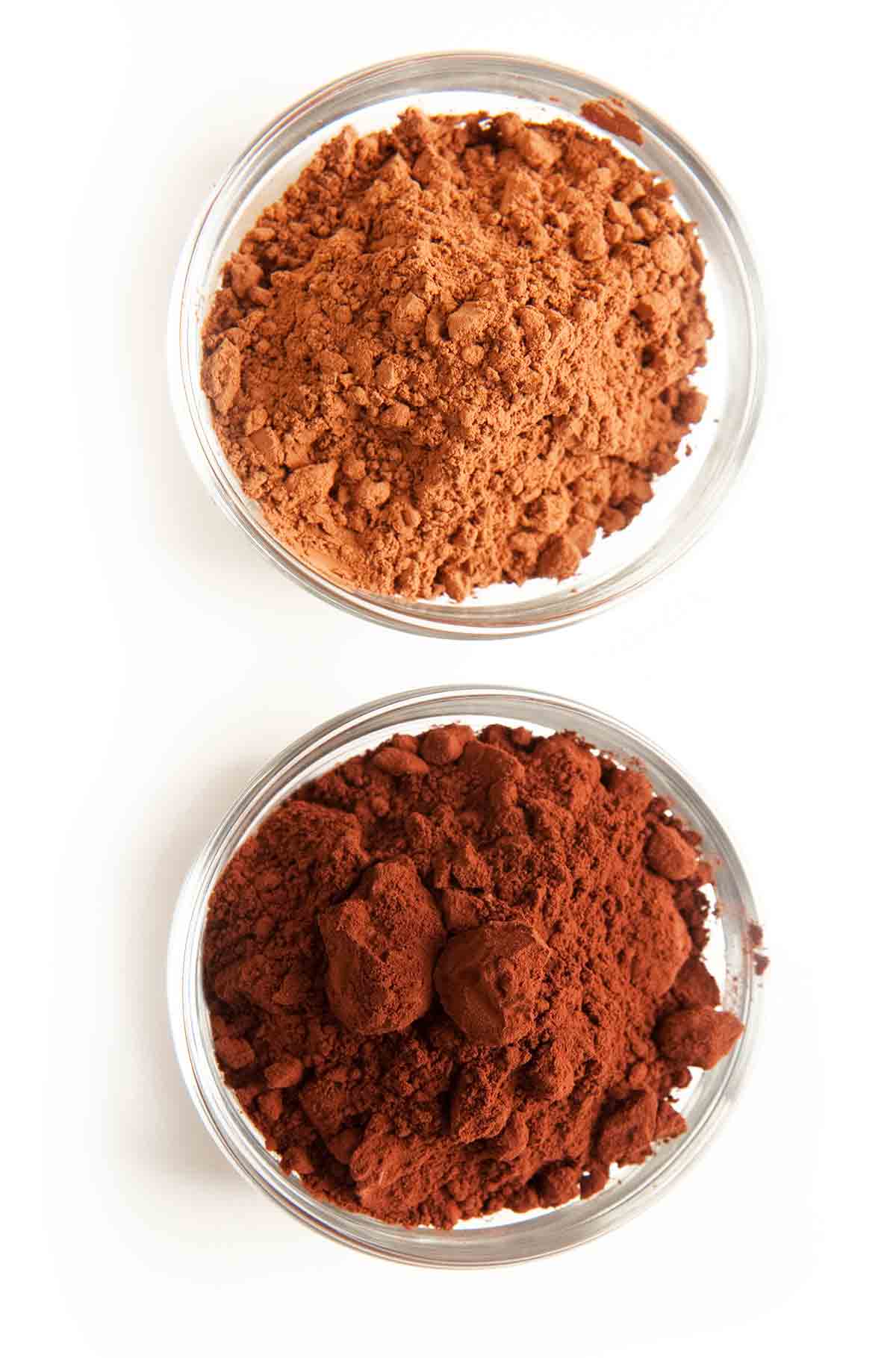

How did cocoa powder come to be?
The early Mayans revered chocolate. (Who doesn’t, right?) More correctly, they revered cocoa. It was prepared by first harvesting beans from cacao trees. The beans were then fermented, dried, and roasted. After that, the Mayans removed the shells and ground the precious seeds into a paste that was mixed with water, cornmeal, chili peppers, and spices. Mayan royalty and priests regularly drank this bitter cacao concoction they called xocolat.
What is natural cocoa powder?
The Mayan approach is essentially the same process that’s used today to create what we know as natural cocoa powder. The taste is extraordinarily strong, concentrated, acidic, and somewhat bitter or astringent. Chances are you’ve seen the viral video about the sweet little blond boy who demands to eat cocoa powder…and then gets a strong dose of disappointing reality. Well, that’s natural powder.
What is Dutch process cocoa powder?
In 1828, nearly 1,000 years after the Mayans concocted cocoa powder, a Dutchman—Coenraad Johannes van Houten—added potassium carbonate to cocoa powder to alkalize, or neutralize, the acidity of cocoa powder. (More science: potassium carbonate is a type of salt commonly known as potash. Table salt, as we all know, is sodium chloride. They are not interchangeable.) What results is a smoother and less acidic cocoa powder that’s darker in color and more mellow in taste and that easily dissolves in liquids. This came to be known as Dutch process cocoa.
Can I substitute one type of cocoa powder for the other?
So, are the two types of cocoa powder interchangeable, you ask? That all depends on what you’re making.
Want to Save This?
Look at your recipe. If it calls for natural cocoa powder, it’ll most likely also include baking soda. These two ingredients cause a chemical reaction (acidic cocoa and base baking soda) that allows your baked goods to rise beautifully.
If it calls for Dutch process cocoa, the recipe likely calls for baking powder. That’s because Dutched cocoa and baking soda are simply unable to react with one another. The spark simply isn’t there. (And, sometimes, a recipe will call for a combination of both, because kitchen science is rarely perfect, right?)
Confused? If your recipe is something that you don’t expect to rise, use whichever cocoa powder you prefer (or whichever is in your pantry). Something like avocado chocolate pudding, chocolate and cinnamon swirl meringues, or Mexican hot chocolate made with chocolate disks and a molinillo.
If you’re baking something that you want to be big and wonderful, that’s where the alkalinity and science come back onto the scene. For something like David’s favorite Hershey’s chocolate cake, you’ll need a leavening agent. In particular, the proper leavening agent for the type of cocoa powder you’re using. To further simplify this for those of us who aren’t very left-brained:
You should always, always try to use the type of cocoa powder specified in a recipe, but we all know that we find ourselves in a bind now and then, so in a pinch, you CAN use natural cocoa powder in place of Dutch process cocoa powder. What you should never do is use Dutch process instead of natural. Your results will suffer. (And please don’t try to out-science the kitchen gods and just add a bunch of salt to natural cocoa powder. Ain’t gonna work.)
Chat with us


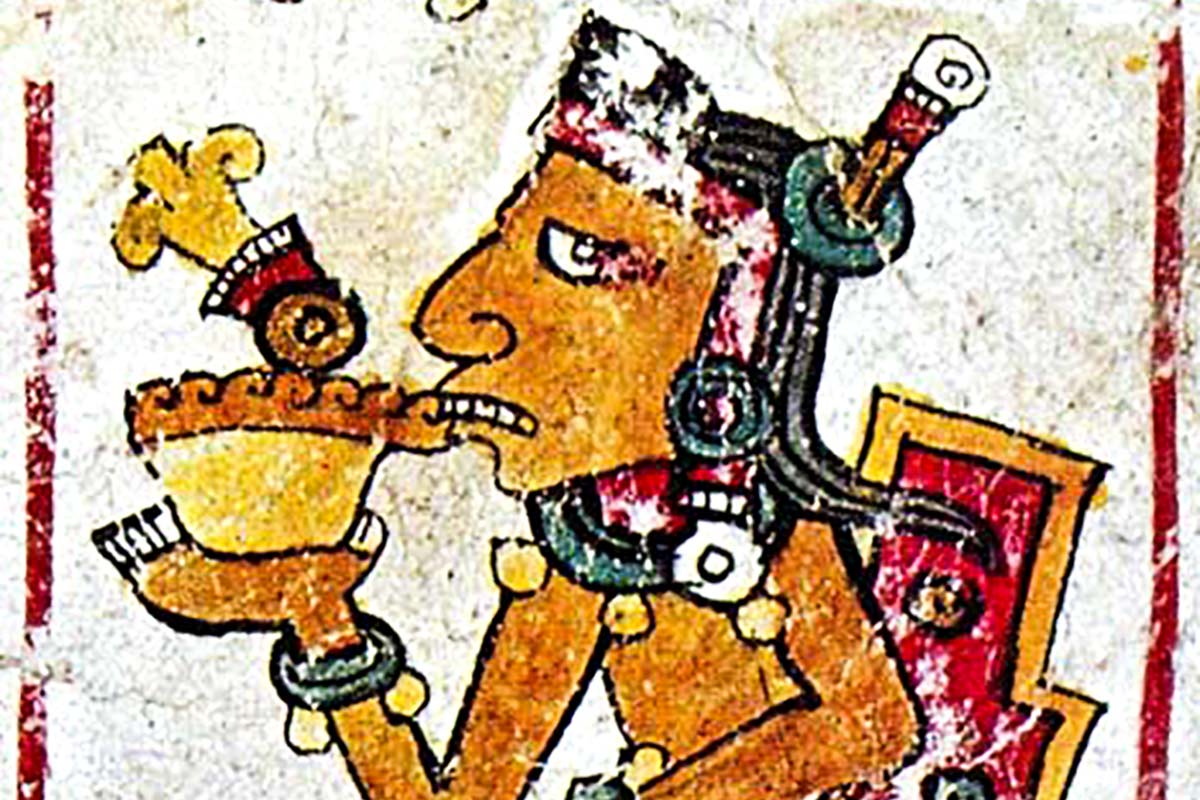
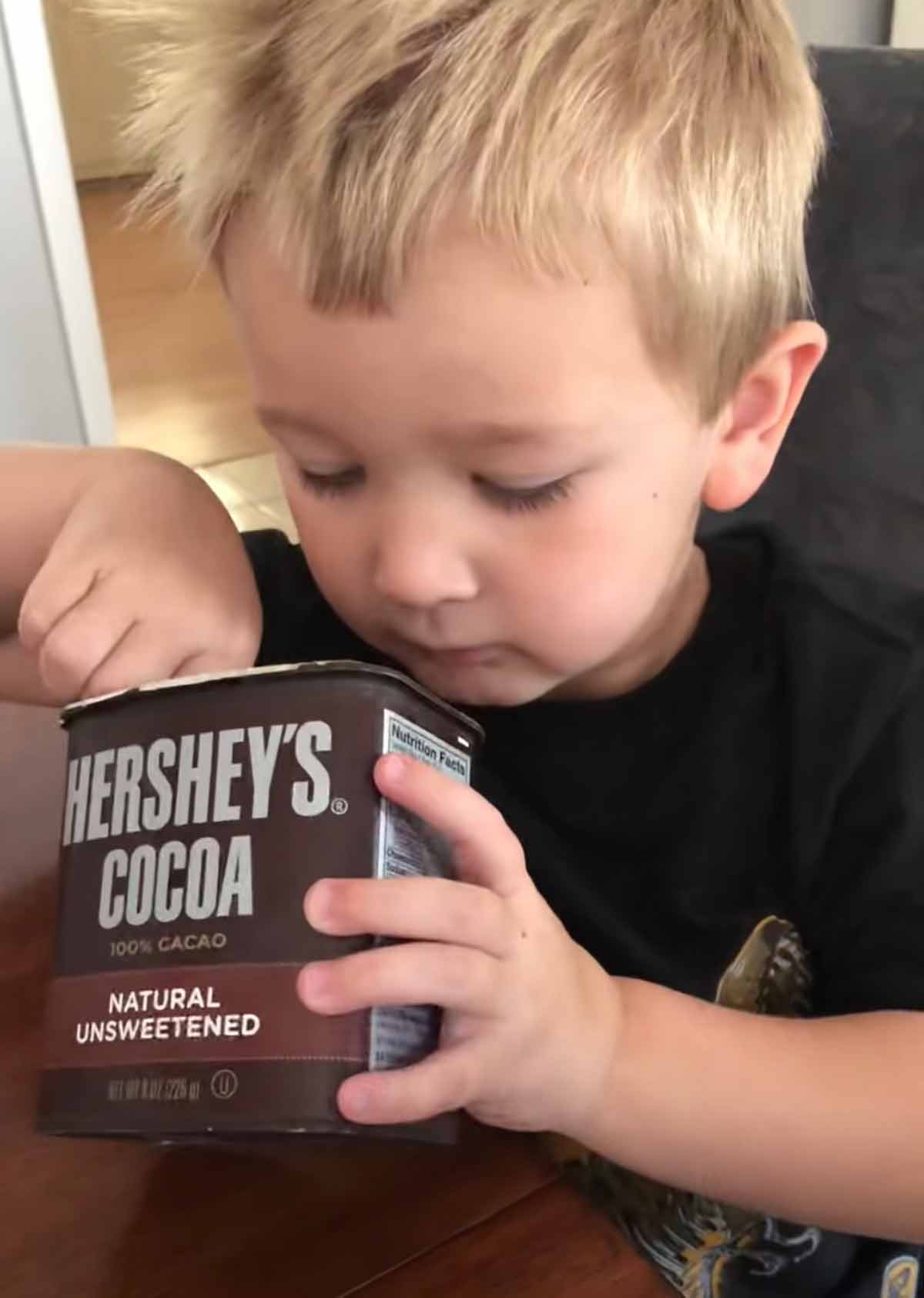
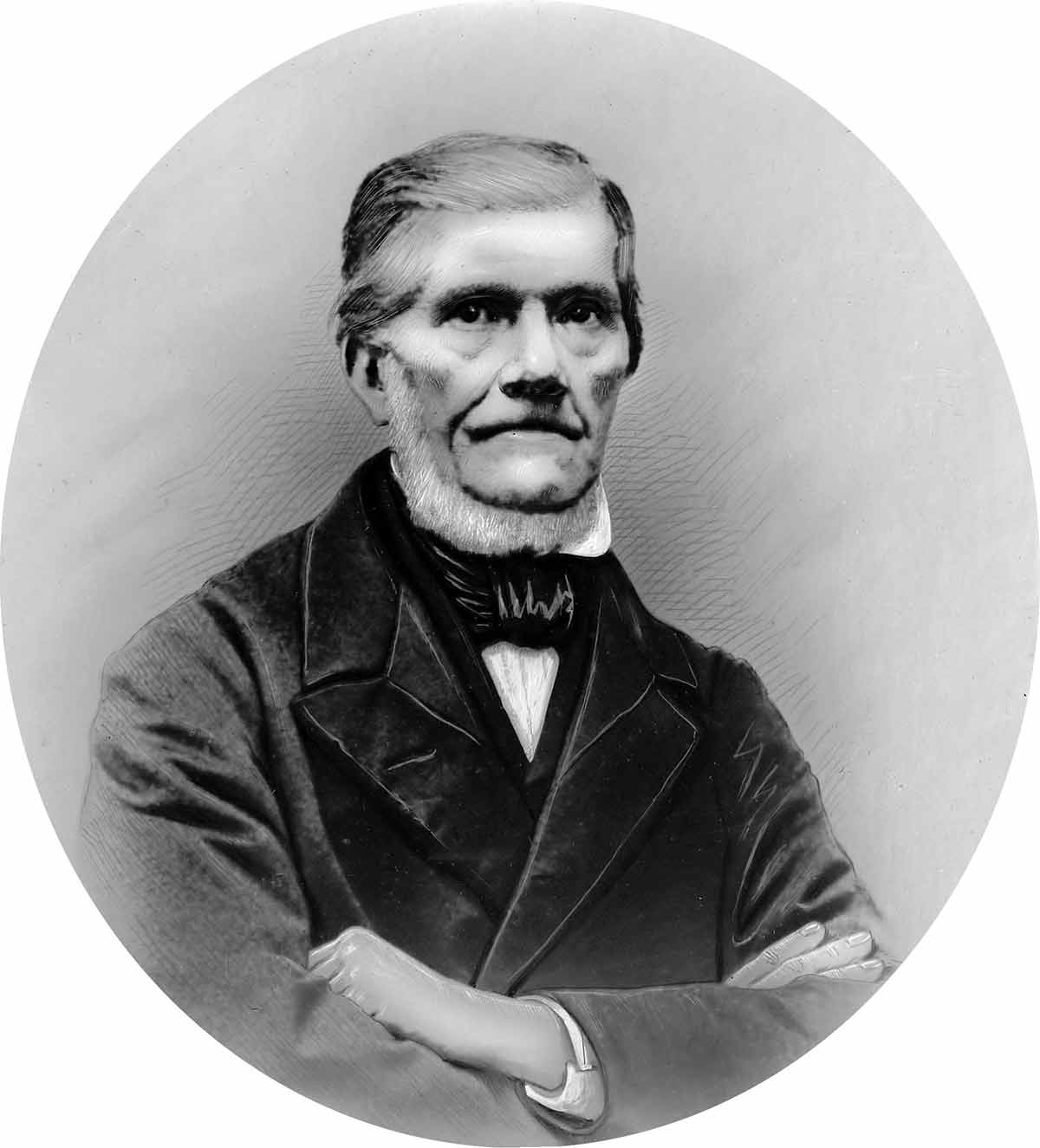
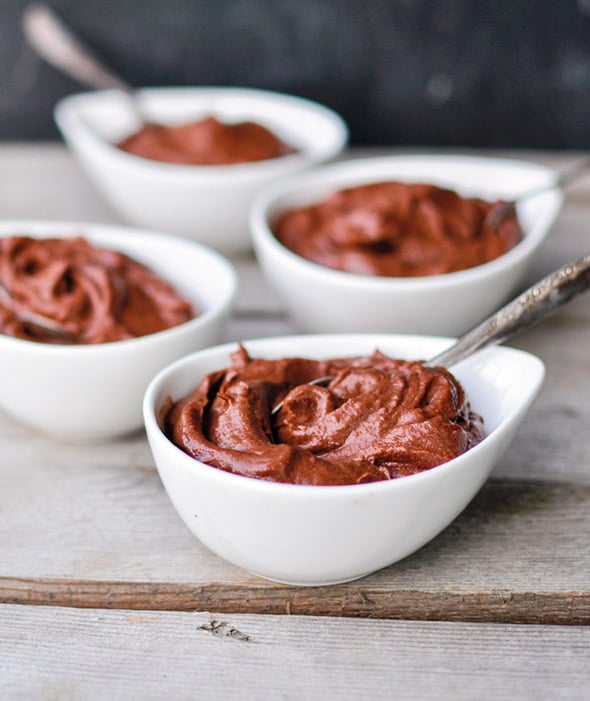










I am a retired from 41 years in the catering business. I have always enjoyed baking. Now I have time on my hands. I go to great lengths to discover the ideal ingredient. My question is: I’m having enormous difficulty discussing the best cocoa powder to use that is available in the UK. I’ve tried emailing celebratory chefs to no avail. Any advice would be much appreciated.
Hello, simon. Valrhona has an excellent cocoa powder. I think it’s sold in the UK.